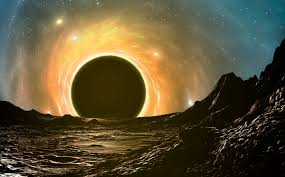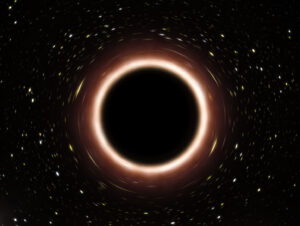I can’t believe this is my final blog post that I will be making for EDTC300. This class went by so fast, and I think it’s wild to know how much I’ve learned in just 4 months. To finish things up, Adair and I made a digital artefact that reflects our experience and growth during this semester. You can check it out here. We used Canva to make the artefact because it let us combine visuals and our own voices in a clean, and creative way.
Throughout this semester, we have looked at a lot of important topics, such as:
- Understanding how to protect our digital footprints and how to support students in doing the same
- Gaining knowledge about replacing traditional methods with meaningful use of technology
- Learning how to navigate and use Edusites
- Knowing how to spot fake news and promote media literacy
- Teaching and modeling safe online behaviour for students and even us
These topics helped us feel more confident in using digital tools more responsible.
One of the challenging parts of this course was the learning project. At the start of the class, we weren’t too sure about what we were getting ourselves into, but as weeks flew by, our confidence in the class grew. By the end of the semester, we created a full project on Edusites that reflected our passions and learning.
We took sometime in our artefact to look at the pros and cons about learning online. There were definitely some challenges that we experienced, but also a lot of amazing benefits that came with learning online, such as flexibility and independence. This part made me really think about how online learning affects various types of learners, including ourselves.
In the end, our artefact doesn’t show what we did, but how we developed. From knowing pretty much nothing at the beginning, to completing a full assignment on our learning projects, and understanding major ideas in educational technology, it’s been a wild journey. We also got to learn more about our passions and connect them to learning, which made this class even more meaningful!
Thanks for following along this semester. This class has given me more skills and knowledge that I’ll be taking with me into the future!

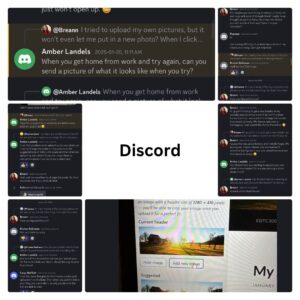
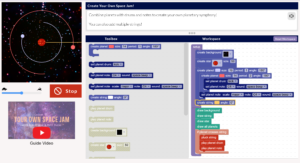
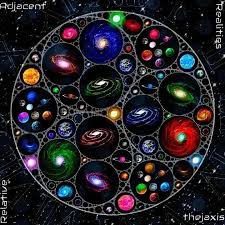
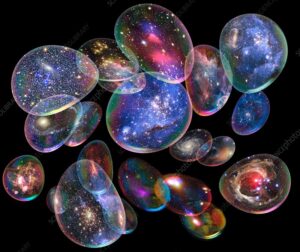
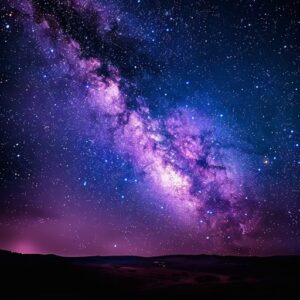

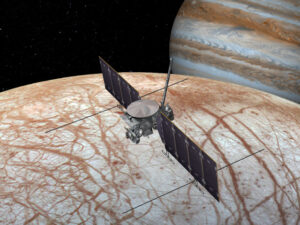
 Astronomers have found over 5,500 exoplanets using telescopes like Kelper and James Webb. Some planets could even be habitable, which could mean they could host life just like Earth can.
Astronomers have found over 5,500 exoplanets using telescopes like Kelper and James Webb. Some planets could even be habitable, which could mean they could host life just like Earth can.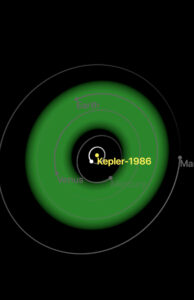
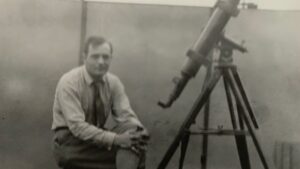 For most people, they thought the universe was everlasing and constant. But this idea was changed in the 1920s when Edwin Hubble an astronomer came into the picutre.
For most people, they thought the universe was everlasing and constant. But this idea was changed in the 1920s when Edwin Hubble an astronomer came into the picutre.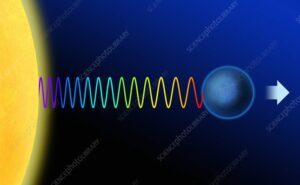
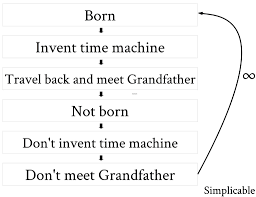 The challenge? Paradoxes.
The challenge? Paradoxes.